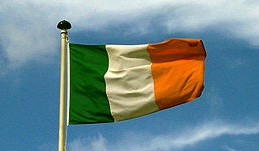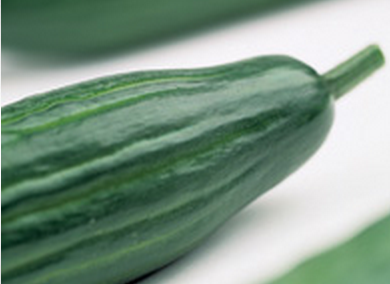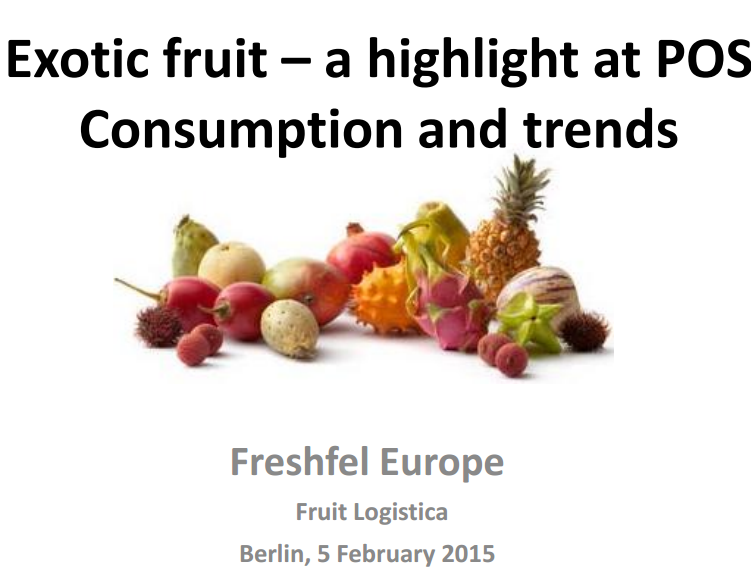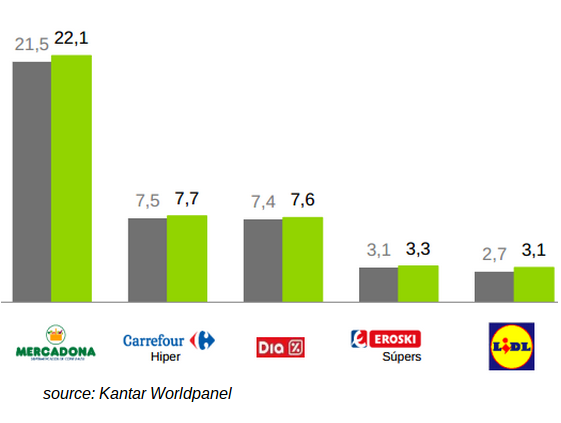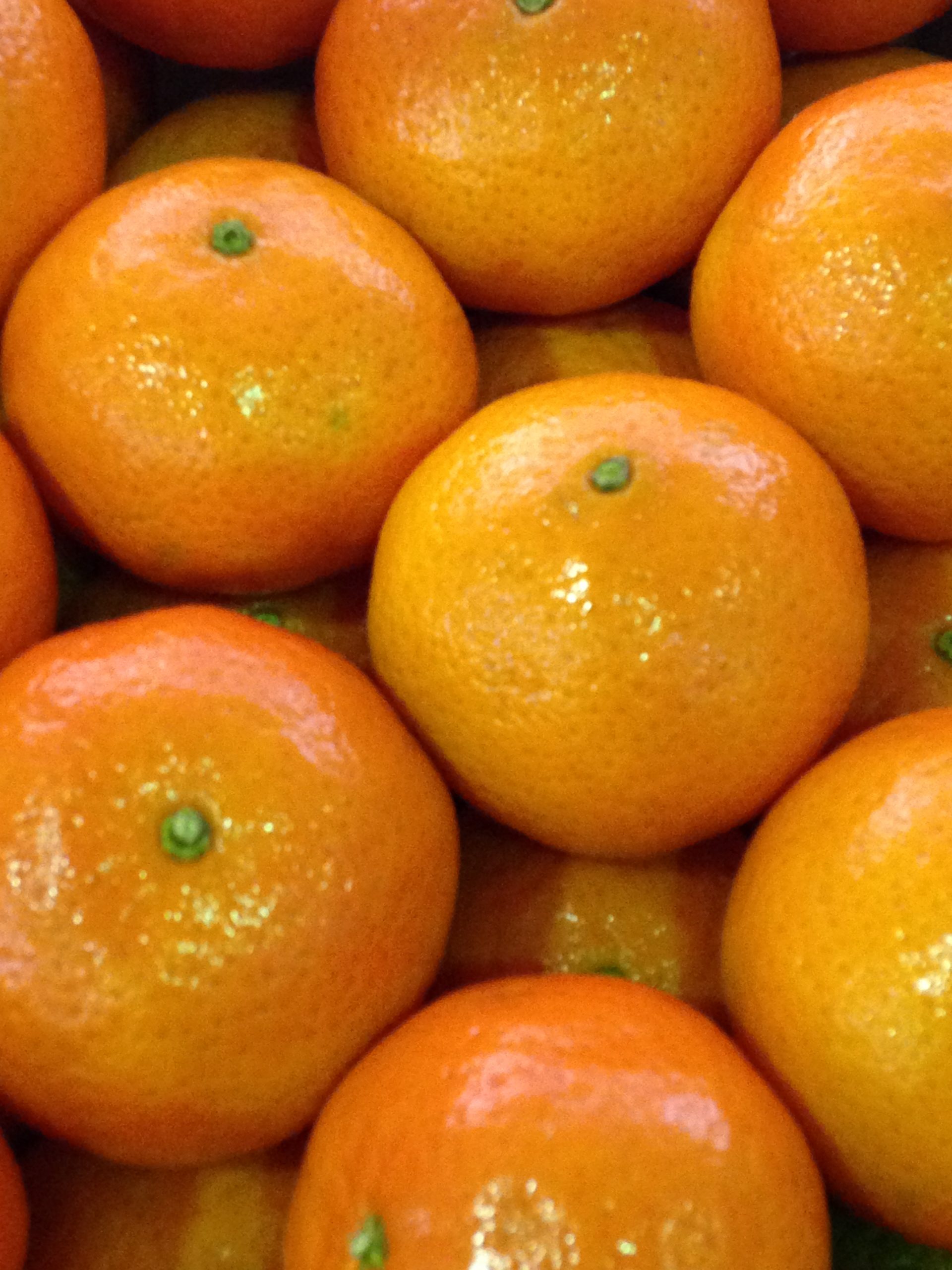
Interview with Ge Zhirong, president of China Entry-Exit Inspection and Quarantine Association (CIQA) and former vice minister of the General Administration of Quality Supervision, Inspection and Quarantine of China (AQSIQ – China’s customs and quarantine authority).
How many countries have now been approved for import fresh fruit approved, reviewed or amended by China ?
As at October 2014, fruit from 35 countries/regions had been approved for export to China, covering Asia, Europe, North and South America, Australia and Africa. Among the EU countries which have obtained market access are France, Spain, Italy, Belgium, Greece and the Netherlands.
AQSIQ issues the list of varieties of fresh fruits obtaining access to the Chinese market and list of the exporting countries/regions.
Are there any fresh fruit and vegetable products for which there is unmet demand in China and therefore room for more imports?
There is huge domestic market demand for fresh fruit. Along with the increased health consciousness and higher living standards of the people, fresh fruit and vegetables have become an indispensable part of their daily meals.
Consumer demand for fresh fruit and vegetables is diverse, with variations across regions and levels. With 1.3 billion people, China has great market potential in terms of fresh fruits and vegetables.
Do you have any advice for those hoping to export their fruit or vegetables to China?
Close attention should be given to laws, regulations and related rules of procedures on market access promulgated by Chinese government departments.
In regard to the entry-exit inspection and quarantine of fruits and vegetables, AQSIQ develops and oversees the implementation of the relevant technical regulations, standards and conformity assessment procedures on behalf of the Chinese government.
Both suppliers and buyers need to fully understand and comply with these rules so as to ensure smooth trade flow and avoid unnecessary obstacles to trade.
What steps has China taken recently to improve food safety and quality standards?
The Chinese government attaches great importance to food quality and safety and has developed a series of regulations and standards and keeps them updated along with developments in practice. For example, in 2009, China issued the “Food Safety Law”. Following the implementation practice in the past few years, an update was prepared. In December 2014, the draft revision was submitted to the National People’s Congress for examination and approval. Based on the original articles of the law, some new elements have been added to the draft version. These new elements include such points as to add some new specifications on food storage and transportation, market circulation of edible agricultural products, labelling of GMF (genetically modified food) and increased penalties for law breakers, and so on.
What role does CIQA play in improving fresh produce quality and safety and promotion of world trade? What specific activities have you carried out in this regard?
As a social organization approved by the State, the China Entry-Exit Inspection and Quarantine Association (CIQA) plays an important role in improving product quality and promoting international trade. It acts as a bridge linking the government departments and the import and export enterprises. On the one hand, the association promotes understanding and awareness of state laws, regulations and related procedures by organising technical exchange activities, seminars and training courses, On the other hand, it passes on to the government the demands of importers and exporters – based on their market operation and international trade – to fill regulatory gaps or enhance the applicability of current regulations. The association is always ready to offer quality technical service to enterprises.
What kind of technical services does CIQA provide for enterprises?
For example, since 2009, the association has organised the annual world FVF (Fruit and Vegetable Fair). During the fair, technical exchange activities are held. Based on the exchange content, we invite government officials and relevant experts to attend. Any producer, exporter or buyer at the fair may participate in these technical exchange activities.
Furthermore, depending on the needs of a specific country or organisation, we also organise bilateral seminars. For example, in November 2014, when China FVF 2014 was held, CIQA and the New Zealand Embassy in Beijing jointly organized the “China-New Zealand Fresh Fruit Technical Exchange and Trade Match-making Meeting” in Beijing, which was highly regarded by New Zealand’s fresh fruit exporters.

What international exhibition and technical exchange activities does CIQA have planned this year?
In 2015, the following four international exhibitions will be sponsored by CIQA:
1. The Shanghai International Exhibition on Food, Meat and Aquatic products in June 2015,
2. The Guiyang Eco-Origin Product and Technology Exhibition in July 2015,
3. The Beijing World Fruit and Vegetable Fair (China FVF 2015) in September 2015, and the
4. Beijing International Inspection Technology and Equipment Expo in September 2015.
During each of these exhibitions there will be various forms of technical exchange activities, in which friends from all countries are warmly welcome to participate.

AQSIQ list of fresh fruit and exporting countries/regions with access to the Chinese market. Updated December 31, 2014.
(This English version is for reference only, the definitive version is in Chinese.)
|
AQSIQ list of fresh fruit and exporting countries/regions with access to the Chinese market. Updated December 31, 2014.
(This English version is for reference only, the definitive version is in Chinese.)
|
| |
|
|
COUNTRY
|
APPROVED FRUIT IMPORTS
|
|
Argentina
|
Orange, grapefruit, tangerine (& hybrids), apple, pear
|
|
Australia
|
Citrus (orange, lemon, grapefruit, lime), mango, apple (Tas.), grape, cherry
|
|
Belgium
|
Pear
|
|
Canada
|
Cherry
|
|
Chile
|
Kiwifruit, apple, grape, plum, cherry, blueberry, avocado
|
|
Columbia
|
Banana
|
|
Costa Rica
|
Banana
|
|
Cyprus
|
Orange, lemon, grapefruit, tangor
|
|
Ecuador
|
Banana
|
|
Egypt
|
Citrus
|
|
France
|
Apple, kiwifruit
|
|
Greece
|
Kiwifruit
|
|
India
|
Mango, grape
|
|
Indonesia
|
Banana, longan, mangosteen, snakefruit
|
|
Israel
|
Orange, pomelo, tangerine/mandarin, lemon, grapefruit
|
|
Italy
|
Kiwifruit
|
|
Japan
|
Apple, pear
|
|
Malaysia
|
Longan, mangosteen, litchi, coconut, watermelon, papaya, rambutan
|
|
Mexico
|
Avocado, grape, blackberry and raspberry
|
|
Morocco
|
Citrus (orange, tangerine, clementine, grapefruit)
|
|
Myanmar (Burma)
|
Longan, mangosteen, rambutan, litchi, mango, watermelon, muskmelon, zizyphus mauritiana (last 4 must enter via Ruili or Daluo port)
|
|
Netherlands
|
Pear
|
|
New Zealand
|
Tangerine, orange, lemon, apple, cherry, grape, kiwifruit, plum, pear
|
|
Pakistan
|
Mango, orange
|
|
Panama
|
Banana
|
|
Peru
|
Grape, mango, citrus (grapefruit, orange & hybrids, tangerine, lime)
|
|
Philippines
|
Pineapple, banana, mango, papaya
|
|
South Africa
|
Tangerine, orange, grapefruit, lemon, grape
|
|
Spain
|
Tangerine, orange, pomelo (grapefruit), lemon
|
|
Taiwan
|
Pineapple, banana, coconut, sweetsop (custard apple), papaya, starfruit, mango, guava, wax apple, areca (betel) nut, tangerine, pomelo, prune, loquat, persimmon, peach, date (Chinese), plum, lemon, orange, pitaya, Hami melon, pear
|
|
Tajikistan
|
Cherry
|
|
Thailand
|
Tamarind, orange, cherimoya (custard apple), citrus, pomelo (grapefruit), papaya, carambola, guava, rambutan, wax apple, jackfruit, langsat, pineapple, ginseng fruit (sapodilla), banana, passion fruit, coconut, longan, durian, mango, litchi, mangosteen
|
|
Uruguay
|
Citrus
|
|
USA
|
Plum (Cal.), cherry (Wash., Oregon, Cal., Idaho), grape( Cal.), apple (Red Delicious & Golden Delicious: Wash., Oregon, Idaho), citrus (Cal., Florida, Arizona, Texas), pear (Cal., Wash., Oregon)
|
|
Vietnam
|
Mango, longan, banana, litchi, watermelon, rambutan, jackfruit, pitaya
|

Read the interview as it appeared on p25 of our latest edition, number 135.




